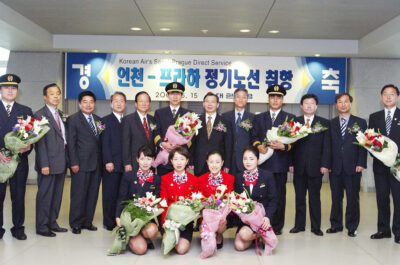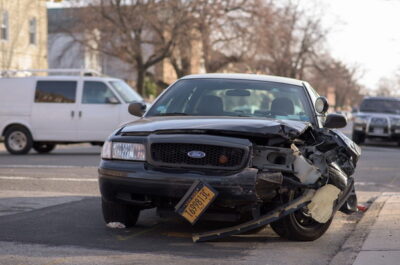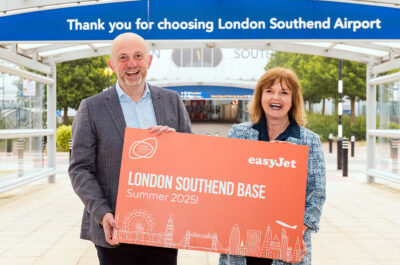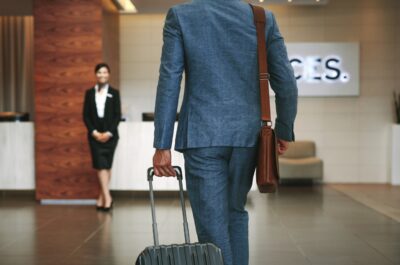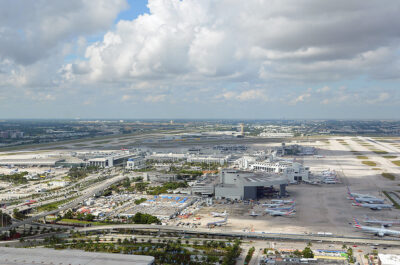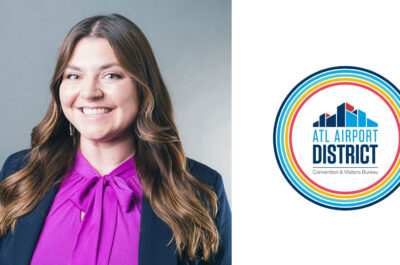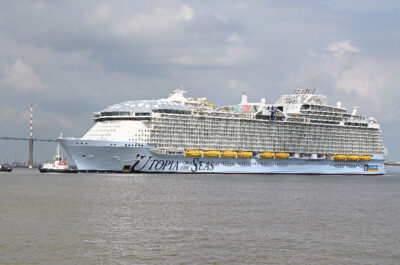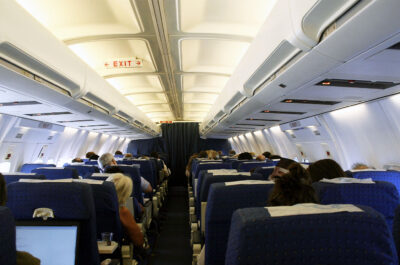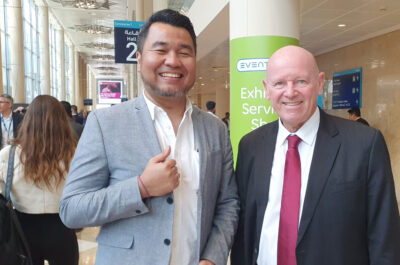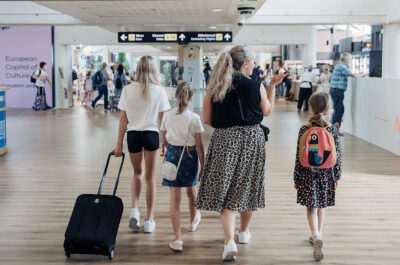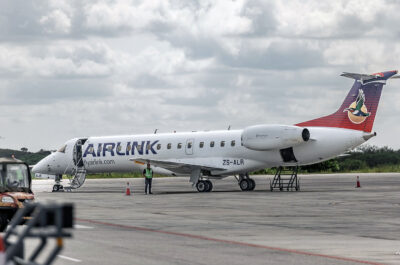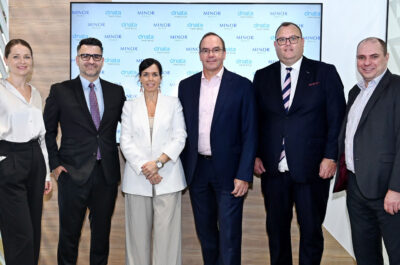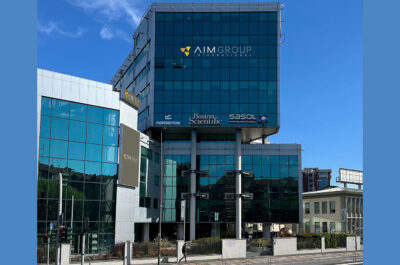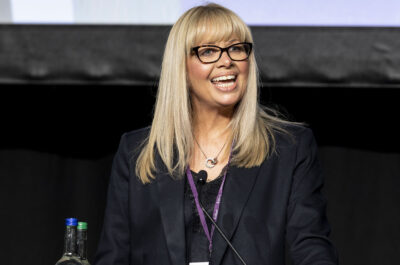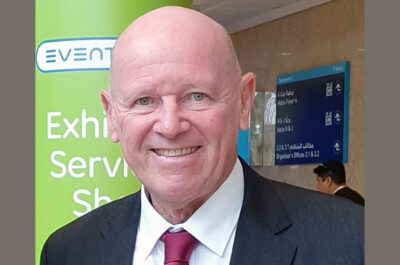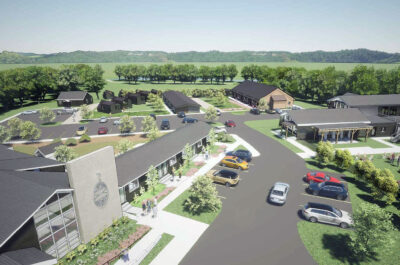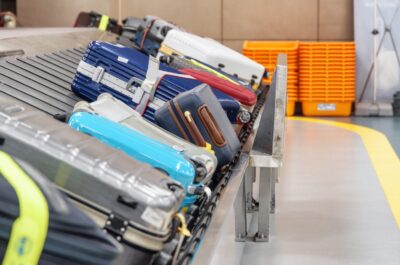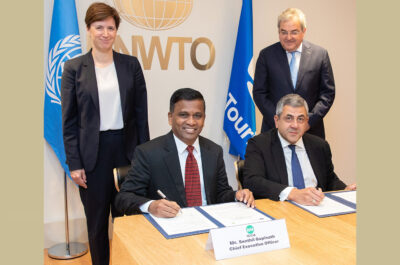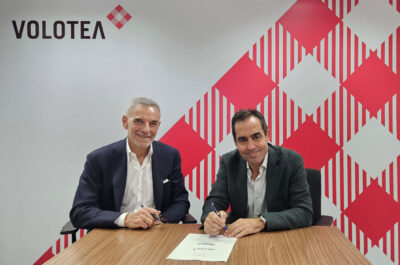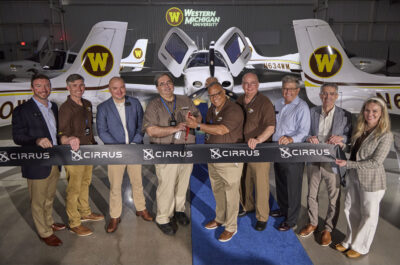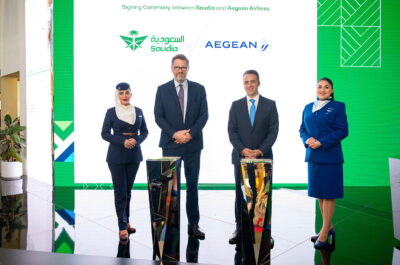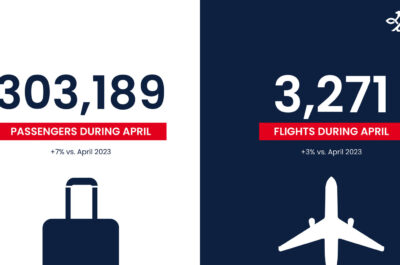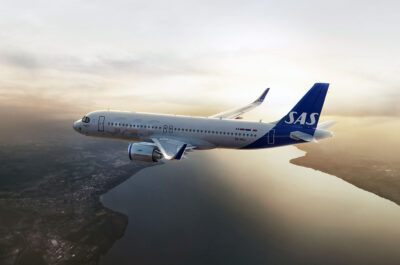…
Spearheading an effort to increase capacity, make better use of existing capacity, expedite the use of new technologies to improve efficiency, and upgrade customer service, the Port Authority of New York & New Jersey reiterated its call to reduce flight delays through a series of recommendations to be implemented immediately. The agency also announced that the Flight Delay Task Force it assembled has completed its report, which also was released on 7 December 2007. The Task Force identified nearly 100 technical and customer-service initiatives that can improve capacity, reduce delays, and improve the travel experience for passengers in the event of a delay. In addition to those recommendations, Port Authority Chairman Anthony R. Coscia and Executive Director Anthony E. Shorris called for the following actions:
- Implementation of an IATA-like scheduling process that will rationalise domestic and foreign carrier schedules and the use of airport facilities – Such a process ensures that there is adequate airspace capacity and appropriate landside facilities to accommodate each flight. Also, airlines typically have bunched flights on the hour or half-hour, a practice that has been cited repeatedly as a contributing factor in delays. Implementing steps to ensure more intelligent scheduling of flights and make the best use of capacity increases the region’s access to the global economy and provides the best service to customers. The Port Authority must have an active and lead role.
- Permanently reopen military airspace – Many delays are created by the congested airspace serving Kennedy, Newark Liberty and LaGuardia airports. Working with the Department of Defence to identify available airspace that can be allocated on a consistent basis for commercial airline use during peak periods will open up new air-traffic "lanes," as was done during the recent Thanksgiving holiday period, and would help ease congestion.
- Fast-track "Next Gen" technology and prioritize the Port Authority’s airports for the earliest implementation of the new system – Relief must be delivered as quickly as possible. Reports indicate that it could take until 2023 to have next-generation technology in place throughout the country. That is too long for passengers to wait. It’s also vital that the federal government prioritize the New York metropolitan region, the largest and most critical market in the country.
- Improve customer service – The Port Authority is continuing an aggressive focus on improved customer service when flight delays occur, including investing more than $30 million this year alone, and working with airlines to establish standards for assisting passengers in extreme delays.
- Work with airlines to encourage use of larger planes at the New York metropolitan region’s airports – Although small aircraft play an important role in serving lesser markets, the use of larger aircraft increases capacity and helps accommodate growth by carrying greater numbers of passengers. The Port Authority will continue to work with the airlines to make the necessary investments to create additional capacity, such as the $200 million investment the agency recently made to enable Kennedy Airport to accept the next generation of large aircraft.
"We believe there are three main principles to improving the flight delay problem: expanding capacity, better management of the capacity we have now, and better customer service," Chairman Coscia said. "The Task Force report shows that a diverse group of stakeholders responsible for the aviation system agree on certain strategies for reducing flight delays. Having reached consensus on these recommendations, these stakeholders should now begin to implement them without delay."
Mr. Shorris said, "At the Port Authority, we have worked tirelessly and invested hundreds of millions of dollars to provide workable solutions to delays in air travel. By coupling common-sense practices with the immediate implementation of new and emerging technologies, airport operators, airlines and the federal government can fulfil a collective promise to provide world-class service to our customers. Capping flights or burdening customers with new costs isn’t the answer. Instead, we need comprehensive solutions, and we will continue to have an active and leading role in developing those solutions."
Flight Delay Task Force Highlights
Short Term: Managing Delays
The Flight Delay Task Force members were able to identify 27 short-term initiatives that can improve delays by next summer. Most of these recommendations focus on the implementation of readily available technologies or modernizing outdated policies. Some key short-term measures include:
- installing advanced ground surveillance systems, which would help ground controllers get a better understanding of where planes are on the tarmac. This helps move planes on and off taxiways and in and out of gates faster and more efficiently; and
- opening new routes in the most congested airspace. Airspace is structured along routes, akin to highways, but the system is not currently configured to accommodate the maximum possible traffic. By rearranging and adding to the available routes more planes will be able to use the airspace at any given moment without interfering with each other and causing delays. For example, offering dedicated space for heavily travelled routes like the one from the New York metropolitan area to Washington, D.C. could make room for other flights to use the rest of the routes in the airspace.
Long Term: Expanding Capacity
The remaining 50 recommendations deal with the fundamental physical capacity of airports, sophisticated technology that will require time and substantial investment to implement, and complex new policies and procedures. Some key long-term measures include:
- improving the configuration of the airports’ runways and taxiways, which would allow planes to move more quickly and efficiently on and off runways. The Port Authority’s 2008 budget already includes construction of taxiway additions that will improve arrival and departure capacity at JFK, LaGuardia and Newark;
- implementing Area Navigation, or RNAV, an advanced technique of precise point-to-point navigation. Existing navigation technology can be slow and cumbersome requiring a pilot to continuously check with air traffic controllers and wait for instruction. With RNAV during departure, a pilot departs on a direct route to the correct altitude and coordinates, allowing planes to take off in quick succession; and
- developing new procedures and technology to use multiple runways simultaneously. With these new tools, aircraft will be able to land on two runways, taking full advantage of the existing airport infrastructure to move more planes.
Customer Service: Improving the Customer Experience
Passengers deserve a comfortable travel experience. Delays make this more difficult, but the Task Force members found that, working together, the airport operators and the airlines can do more to help. The recommendations focus on the critical needs of delayed passengers: understanding the situation so that they can make informed choices, finding amenities and services to help cope with delays, locating alternative transportation or accommodation in the event of extreme delays, and preventing situations where passengers are stranded on the tarmac for extended periods. Some key recommendations include:
- establishing a baseline maximum time, two hours for departures and one hour for arrivals, for a plane to sit on the tarmac before the airlines must notify the Port Authority. Ensuring that the Port Authority is told when planes loaded with passengers are stuck on the ground will allow for the preparation of support services, like buses to get passengers off stranded planes and back to the terminal. The additional support will facilitate faster service to passengers and reduce the time passengers spend stuck on delayed aircraft;
- creating an "early-warning" system, which would allow passengers to avoid frustrating waits at the airport. For example, if customers had delay-monitoring systems available to them in their hotels, they could wait out delays in the comfort of their rooms instead of at busy airport terminals, and leave only when they know their flight will be taking off; and
- providing delayed passengers with information on alternate flights and ground transportation. During some delay conditions, travellers may be able reach their destinations faster by departing from another airport or by train.
The task force initiatives can have a substantial impact on flight delays, even if they expand the aviation system’s capacity only incrementally. If, for example, all the technical recommendations together generated as few as six additional spaces for takeoffs or landings during peak periods at JFK, estimates suggest the airport could accommodate current demand with far fewer delays.








